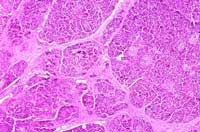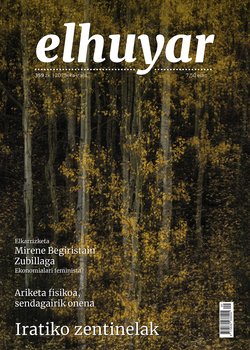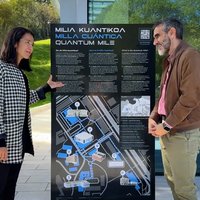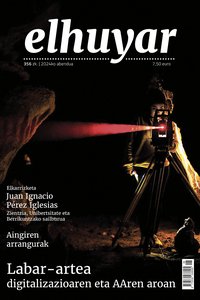They have managed to turn liver cells into sand

In embryo development, liver and area cells grow from similar tissues. Both in the mouse and in humans, the Pdx1 gene is essential for the development of the area, in some way, leads the cells to be areric cells. Therefore, researchers have introduced this gene into the liver cells of frog embryos. Not all embryos have yielded the same result: sometimes the whole liver has even become, and sometimes only have they become sand cells. The same has happened when experimenting with human cells.
At the moment, however, they have only taken the first step. The researchers themselves recognize that, first of all, the obtained sand cells are functional. They do not know if the cells thus obtained are able to form the main molecules produced by the area (insulin, amylase and glycogen). Then, it is about demonstrating that they are able to cure mice with diabetes and, finally, to test in humans. Therefore, there is a long way to go.
Buletina
Bidali zure helbide elektronikoa eta jaso asteroko buletina zure sarrera-ontzian










